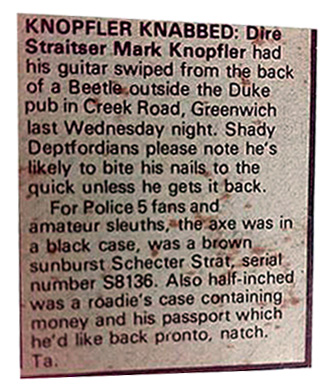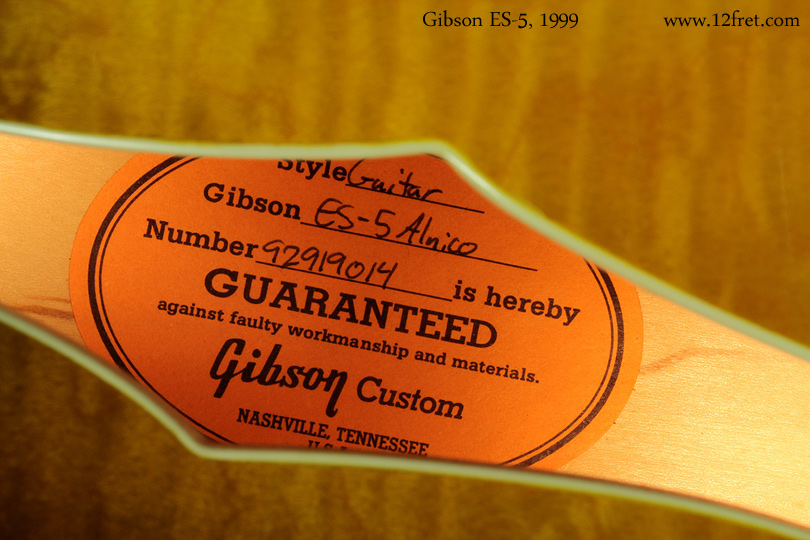ESP guitars rose to prominence in the 1980s on the strengths of flamboyant paint schemes and lead style sonic hardware. The Japanese guitar company made a name for itself on signature guitar models built for some of the most popular musicians of the time period. Identifying model years based on serial numbers for these ESP guitars can be difficult as the company kept few production records.
Company Beginnings
Yes, most definitely dallas, not sure around 1983. It is hard to tell by serial number, from my understanding. If we are talking about the same guitar, the 21 frets generally makes it earlier, so 1983 seems reasonable. Later ones has 22 frets, sometimes TM near the schecter (TM) logo on the headstock, and sometimes Schecter labelled Schaller.
Electric Sound Products was opened in 1975 by Hisatake Shibuya in Japan. ESP was originally created to build custom replacement parts for existing guitars, and did not begin producing its own models until 1976. The guitar company hit the shores of the United States in 1983, setting up shop in New York. ESP introduced its first line of guitars there for the U.S., the 400 series, which had strikingly similar body styles to the Fender Stratocaster and Telecaster models.
Signature ESP Guitars
Beginning in 1984, ESP built custom guitars for several high-profile musicians, including Vernon Reid, Ronnie Wood and Vinnie Vincent. This trend continued in 1986 when George Lynch, while on tour in Japan, had a signature ESP guitar built for him. The result would become the ESP Kamikaze. The company used Lynch's popularity to release the Kamikaze as its first signature model available in the United States. Hardware from the Kamikaze models would make appearances in the M-1, MI Custom and Horizon Custom models released that same year.
Vintage ESP Guitar Identification
ESP maintained limited records for its earlier models such as the 400 Series and its Signature guitar production line. In order to effectively date an ESP model built from 1976 to 1988, ESP's technical support staff will need the serial number of the guitar but, more important, pictures of the front and back of the headstock, neck and body. Contact information for ESP's technical support is available on the company's United States website under the support heading. Remember, serial number alone is not an effective way to date these earlier models. ESP simply didn't keep good enough records for that.

Current ESP Guitar Identification
Guitars currently in production and maintained in ESP's catalog are much easier to identify, though serial number alone is still not adequate. ESP's technical support staff will still require pictures of the guitar, along with the serial number to accurately identify the guitar for the customer. The reason for the guitar's serial number being insufficient is the multiple guitar companies for which ESP has built parts over the years. Guitar necks, fret boards and head stocks were built for companies such as Kramer, Dimarzio, Robin Guitars and Schecter, with some parts being used on ESP models as well. As a result, the serial number alone is an indicator of which factory produced the guitar, and not the year or model.
Warnings

Schecter Serial Number Decoder

Schecter Serial Number Search
Only ESP's technical support staff can accurately make the determination of a guitar's year of production. Avoid guitar 'dater websites' that allow users to input a serial number of a model and get back the year and model name of the guitar in question. These sites are primarily used to perpetuate a counterfeiting epidemic that has been ongoing for years in the music instrument industry. The only company or site or personnel that can accurately date any instrument is the manufacturing company itself.